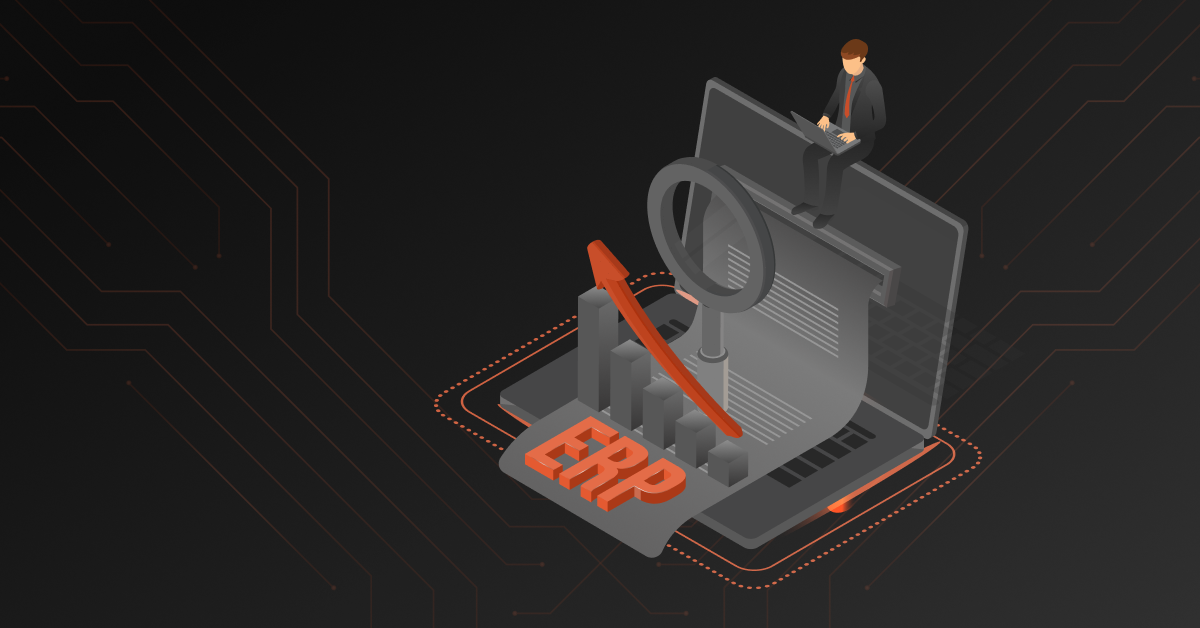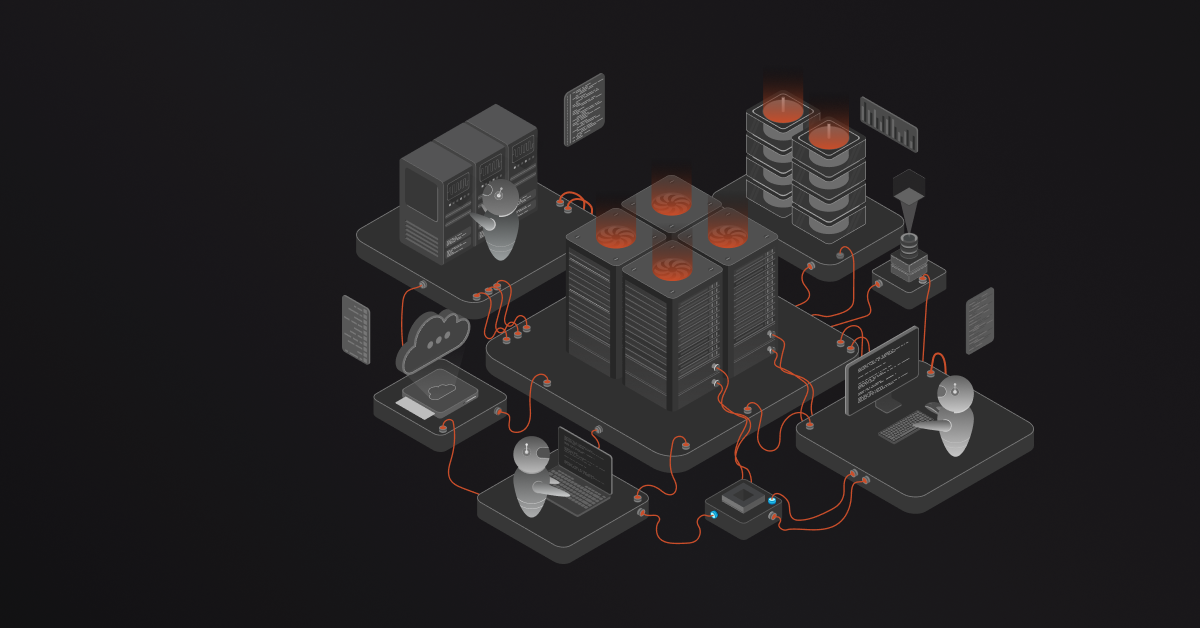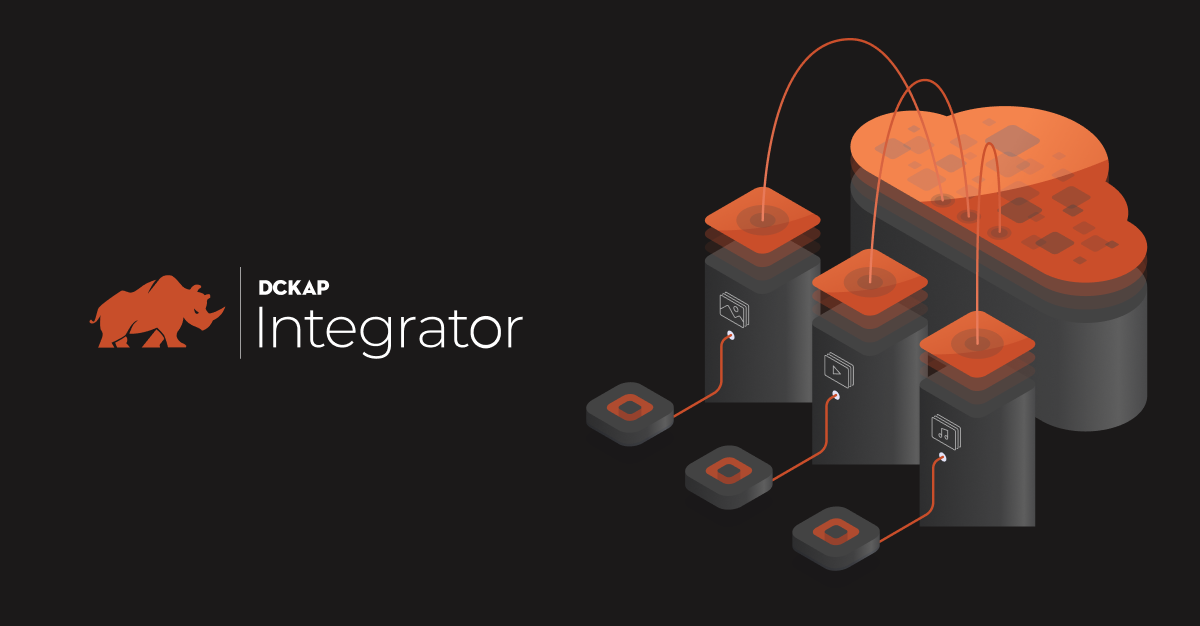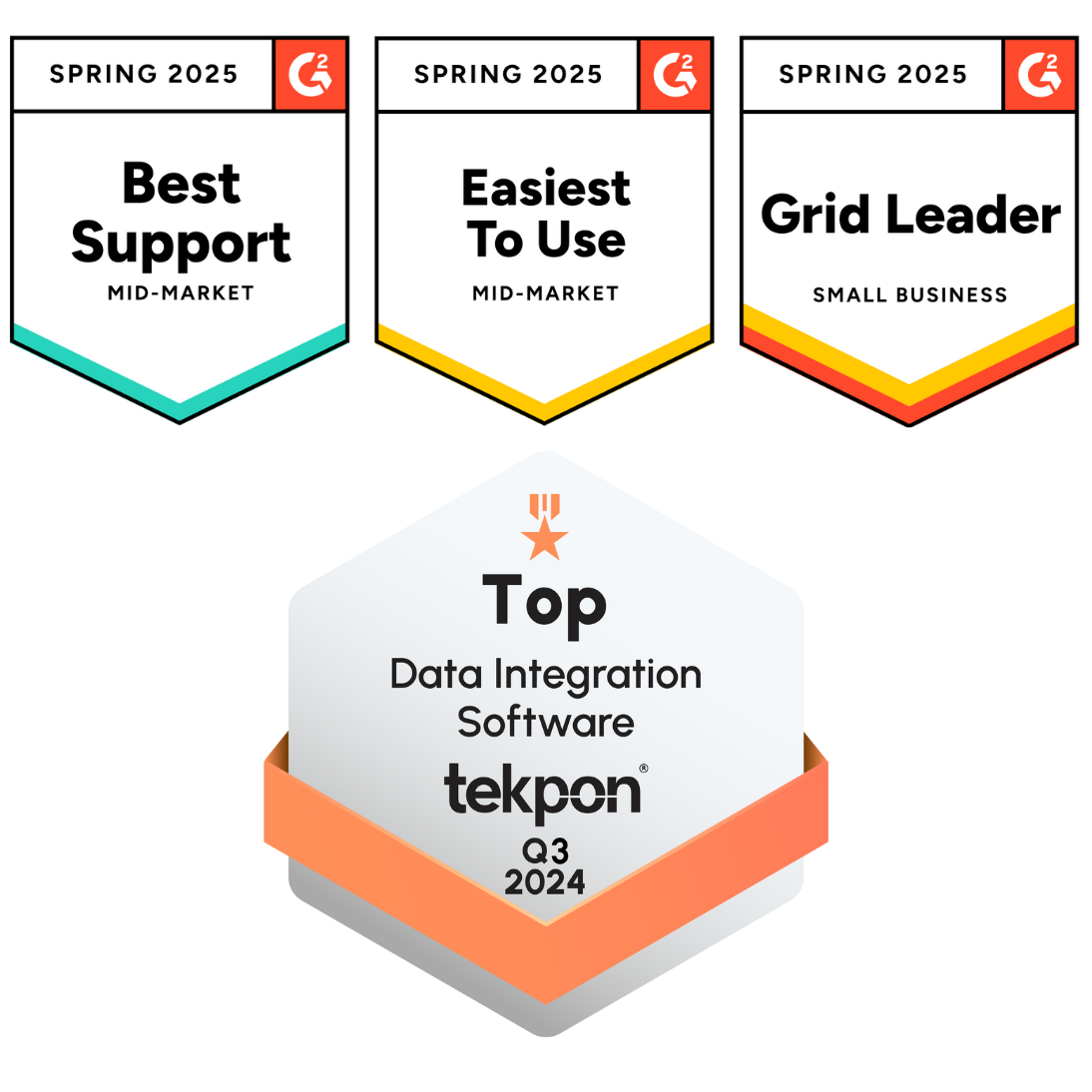An ERP audit is key to maintaining the integrity of one of the most critical systems an organization invests in and relies on. Like the prized car you saved up for, to keep the ERP efficient and smooth-running, it’s important to regularly monitor its workings, and, if required, conduct audits. These help confirm if it’s helping or hurting your organization.
This article looks at what ERP auditing entails, why one may be needed, common challenges, types, and tools and technology that may aid the efficiency of the audit and your ERP.
What’s an ERP Audit?
An ERP audit evaluates important areas of corporate resource planning through an ERP system. These include data entry, data management, system security, and regulatory compliance.
Auditors also check the ERP setup and implementation. They look for risks and errors from manual or inefficient processes in complex software. Audits help spot security risks, unauthorized access and helps confirm that internal and access controls are effective.
Why Invest In ERP Audits At All, You Ask?
- Spot wastefulness: An ERP audit finds errors, process problems, and risks. These issues can cause major financial and operational impacts, and catching them in time can prevent significant losses.
- Smoother operations: By catching any implementation or issues with its use, auditors can recommend changes to help ensure smoother and more secure operations.
- Improved SCM: Audits help improve supply chain management by cutting the risks of fraud and unauthorized access.
- Data protection: By identifying ongoing and potential risks, businesses can take timely measures to towards protecting critical business data.
- Compliance: Helps ensure the organization is following legal and regulatory rules. It can also aid in ensuring accurate financial reporting.
- Documentation: Regular audits can help ensure you’re documenting the historical record of the ERP and its use within the organization. This is particularly useful when seeking to scale business operations, implement new technology, or scale the business.
Know Which Type Of ERP Audit Is Best For Your Need
The types of ERP audits can be classified on the basis of focus, depth, and challenges addressed. Understanding these types helps organizations select the best method for their business processes and regulatory needs.
1. Compliance Audits
Compliance audits check if an ERP system meets legal, regulatory, and internal policy standards. These ensure the organization meets industry standards, legal requirements, and guidelines.
Key areas covered:
- Regulatory Requirements: See whether ERP systems satisfy legal and compliance criteria.
- Internal Policies: Verify that internal policies are in place and followed, including role-based access control, process-based access control, and security protocols.
- Documentation and Reporting: Make sure that every update, change, and audit trail is recorded in documentation and reporting.
2. Security Audits
Security audits concentrate on the protection of sensitive information within the ERP system. These audits examine security measures and access control performance to stop and prevent data leaks and illegal access.
Key areas covered:
- Access Controls: A review of how effectively access controls stop unauthorized users from getting in.
- Data Security: Examination of data encryption, sensitive data protection, and data integrity practices.
- System Vulnerabilities: Spot potential flaws in the ERP software and applications that attackers could take advantage of.
3. Process Audits
Process audits evaluate the ERP system performance of corporate processes. Finding inefficiencies, manual labor, and automated opportunities to improve business operations.
Key areas covered:
- Business Processes: Review the entire business process. Look at how data entry, management, and integration impact operations.
- Risk of Errors: Spot frequent errors that can happen with manual or slow processes.
- Performance Metrics: This looks at how the ERP system helps with operations. It includes areas like supply chain management, financial reporting, and manufacturing workflows.
4. Specialized Audits
Specialized audits target particular problems or areas of focus inside an ERP system. They are meant for the particular requirements of the company or industry and offer insights into unique parts of ERP performance.
Examples Include:
- Waste Audits: In manufacturing or supply chains, waste audits aim to optimize resources and cut costs.
- Change Management Audits: These audits check how well changes are managed in ERP systems. They ensure updates and new implementations follow best practices. They also make sure the internal control framework is strong.
Organizations often adopt a blended approach to ERP auditing. For example, a complete ERP audit may include compliance, security, and process audits. This approach gives a complete view of system performance.
It also spots strategic risks and operational problems. Using expert partners and advanced ERP solutions can improve these audits. They offer automated tools and real-time insights.
Key Steps in the ERP Auditing Process
Risk Assessment and Planning:
Risk assessment helps find weaknesses and risks, especially from manual or slow processes. This phase ensures that the audit aligns with its specific requirement by finalizing the scope, timelines, and relevant parties.
Data Collection and Analysis:
Auditors gather real-time data and check reports, and existing system documentation, from user manuals, to internal reports. Auditors will also speak to members across departments document their experiences and observations as well.
Evaluation of Security and Compliance:
The audit checks the ERP system’s security. It looks at access controls to make sure no one can access it without permission, and ensures that the ERP solution and others from different setups meet legal and regulatory standards.
Reporting and Follow-Up:
The internal audit team and ERP auditors create a report. This report lists any issues, errors, or risks they found and offers suggestions for change management. They also detail steps to improve the ERP system and boost the organization’s operations.
This stage lets organizations learn from the review findings. They can also add training and expertise for future ERP audits.
But They Can Present Challenges You Should Know Of
Integration Complexity:
ERP systems often incorporate multiple modules and interface with external applications. Merging legacy systems, cloud solutions, and third-party software can create data silos and inconsistencies. This complexity can disrupt data flows. It also makes it difficult for auditors to trace transactions across different systems.
Data integrity issues:
Errors from manual data entry, old information, or misconfigured processes can harm the ERP system’s reliability. Auditors often face problems like duplicate records, incomplete data, and syncing issues between systems.
Customization and Configuration Issues:
Many organizations adjust their ERP systems for specific business processes. This results in many customizations. These changes can improve operations, but they might also leave gaps in documentation. They can create complicated setups that are tough to audit properly.
Change management and documentation Gaps:
Frequent system updates, configuration changes, or process tweaks can lead to incomplete or outdated documentation. The absence of clear, up-to-date records makes auditing harder. Auditors need clear records to understand system changes. This helps them check that best practices are being followed.
Cost and Time Constraints:
Due to the complexity and scale of ERP systems, comprehensive audits can be time-consuming and expensive. Many organizations struggle to balance thorough auditing with budget and operational limits.
Supporting Tools And Technologies
1. Automated Audit Software
Automated audit software reduces the need for manual work. It collects and analyzes data on its own. This software can spot common mistakes and problems in data entry and management.
Key Benefits:
- Efficiency: Automated routine procedures reduce mistakes and speed the audit process.
- Accuracy: By automatically reporting deviations and discrepancies, accuracy helps to guarantee data integrity.
- Compliance: Helps with audits by creating detailed reports. These reports show how well we meet legal requirements and follow internal controls.
2. ERP Integration Platform
Helping companies build a single source of truth for their teams, an ERP integration tool helps getting systems talking to each other. These tools help close gaps between stand-alone ERP systems and other specialized applications ensuring smooth consistent data flow and access to real-time data across teams.
Key Benefits:
- Enhanced Interoperability: Improved interoperability lets several systems interact so that legacy systems with more modern technologies or specialist applications may be combined.
- Flexible System Architecture: Organizations can ensure regular data flow between platforms while using the best apps in a flexible system setup.
- Cost Efficiency: Integration solutions can be a cost-effective option for businesses wanting data unity. They help avoid the high costs of a full system upgrade.
3. Role-Based Access Control (RBAC) Systems
RBAC systems are essential for enforcing internal controls. They guarantee that only authorized users may access ERP system-sensitive areas. Their value, especially in stopping illegal access and safeguarding private information, is great.
Key Benefits:
- Security Enhancement: Limits access based on roles. This ensures employees only see the data they need for their jobs.
- Regulatory Compliance: Helps organizations meet legal and regulatory requirements by controlling data access.
- Audit Trail: Gives detailed logs of user activity. This is key during a compliance audit.
4. Integrated Reporting and Dashboard Tools
Dashboards and reporting tools bring together data from different ERP parts. They create clear visualizations and reports. These tools enable auditors and management teams to monitor performance metrics and system health.
Key Benefits:
- Visual Insights: Provides a clear graphic of key performance indicators. This feature helps improve decision-making.
- Customizable Reports: Let organizations create reports that meet their unique audit needs. This approach ensures that all important areas are included.
- Transparency: It boosts transparency by giving real-time updates on ERP system performance and how well it follows best practices.
Get The Most From Your ERP With DCKAP Integrator
The DCKAP integrator helps simplify how teams interact with their systems. It acts as a link between complex ERP systems and business processes. Here’s why businesses choose DCKAP Integrator to make their systems talk to each other:
- Seamless Integration. ERP systems are linked by the DCKAP integrator with other programs and tools. This function guarantees data flows between departments, including manufacturing, supply chains, and finance. Maintaining data accuracy and reducing error probability depend on this integration.
- Streamlined processes.The DCKAP integrator automates manual tasks. It also collects real-time data for ERP security audits. Such data gives a complete view of system performance. It boosts the overall efficiency of the audit process.
- Expertise and Best Practices. Leveraging deep knowledge in ERP implementations, the team behind DCKAP Integrator works closely with organizations to ensure that the implementation is smoother and, if needed, adapted to suit their specific needs.
FAQs
For ERP audits, what part does real-time data monitoring play?
Real-time monitoring tools track ERP system performance all the time. This enables auditors to identify issues, including system faults or illegal access, quickly. Maintaining strong data security and operational efficiency depends on this proactive approach.
How do advanced analytics and machine learning help ERP audits?
Through analytics and machine learning, companies can identify unusual trends suggesting fraud. They can also predict risks and improve audits by learning from past data.
During an audit, what advantages may integrated ERP systems provide?
Integrated ERP solutions combine data from multiple business functions. This enhances data accuracy and allows for better communication across departments. This improves the audit process. It gives a clear view of operations and helps meet best practice standards.
In what ways does role-based access control (RBAC) support ERP system security?
RBAC systems limit data access depending on user roles. This way, only authorized employees can see or change sensitive information. This control is key for stopping unauthorized access. It helps keep the ERP system secure during audits.
In this Story





